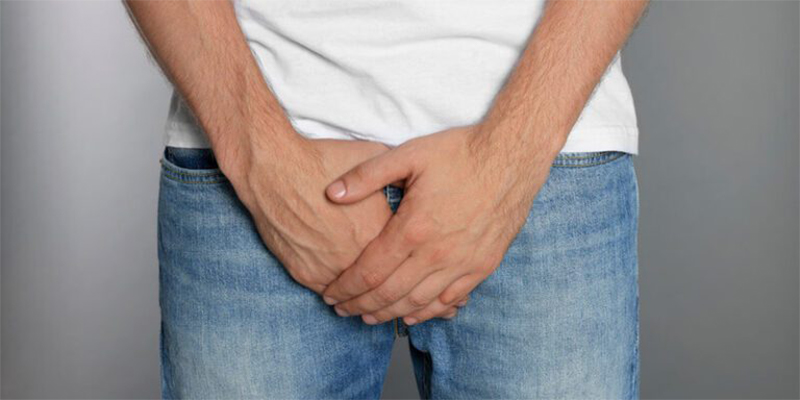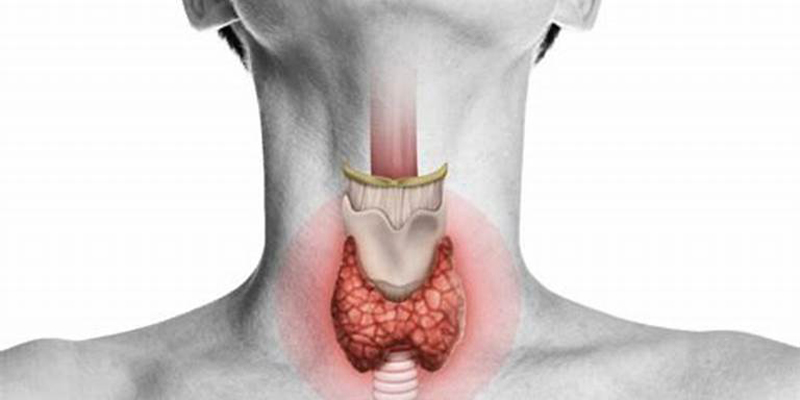Urge urine incontinence is a prevalent issue that many women find embarrassing to talk about. Though it might be an inconvenient problem for many women, many urge urinary incontinence treatment methods are available to overcome it. Are you tired of visiting the bathroom often and are looking for a solution? Relax, we’ve addressed this concern in this blog post.
What is urge urinary incontinence
Urge incontinence is a kind of urine leakage that results in an abrupt and urgent need to urinate many times in the day and night. Sometimes, before you get to the bathroom, you could unknowingly discharge urine.
How urge incontinence occurs
Urge incontinence occurs when the bladder contracts against its normal course of action, allowing some urine to pass through the muscles that keep the bladder close. Compared to men, women are more frequently affected by this.
Causes of urge incontinence
The following are the reasons behind urge incontinence:
*Pregnancy and childbirth
*Urinary tract infections
*Prostate problems
*Neurological disorders
*Bladder stones
*Ageing
*Stroke
*Bladder cancer
Symptoms of urge incontinence
The common symptoms of urge incontinence are
*Frequent urination
* Leaking urine right after you urinate or before you get to the washroom.
* Wetting the bed in the night.
Urge urinary incontinence treatment
Your everyday life may occasionally be impacted by urge incontinence, so you should consider obtaining one of the treatments listed below. Further, your doctor may recommend the best action based on your concerns and medical condition.
Lifestyle changes
Modifying your way of living will lead to a healthy lifestyle. To minimise discomfort to the bladder, you should minimise your intake of alcohol, caffeine, and spicy, acidic, or artificially sweetened foods. Additionally, if you are overweight, make an effort to reduce your weight.
Kegel’s exercise
The initial line of treatment for urge incontinence usually involves Kegel’s exercise. Kegel exercise can help reduce the symptoms of urge incontinence and strengthen the pelvic floor muscles.
Bladder training
The purpose of bladder training is to increase the amount of time spent between bathroom visits. Along with that, it offers two approaches to deal with this problem. One is to only urinate during specified, timed intervals per day. Another one is to resist the need to urinate when it arises.
Botox injections
The over contracting of the bladder muscles can be prevented by small doses of Botox (botulinum toxin).They help in easing the muscles of the bladder.
Nerve stimulators
Nerve stimulators are tiny, pacemaker-like devices that are inserted beneath the skin of your abdomen and have a lead wire that connects to the sacral nerve (Located in the lower back and is a component of the sacral plexus).It assists in controlling how the bladder functions by sending light pulses to the nerve.
Urinary catheter
Another at-home alternative is a urinary catheter, which helps you empty your bladder when you urinate. Moreover, your doctor will instruct you on how to put the catheter.
Cystoplasty
If urge incontinence is severe, augmentation cystoplasty is the last option. A portion of the bowel is joined to the bladder during this procedure. As a result, the bladder gets bigger and can hold more urine.
To sum up
Urge incontinence can interfere with your daily routine even if it doesn’t cause any other kind of complications. Hence, get a proper urge urinary incontinence treatment and alleviate your embarrassing problem. Finally, if you have any concerns regarding urge incontinence, don’t hesitate to get in touch with us and we will assist you in addressing it promptly.





